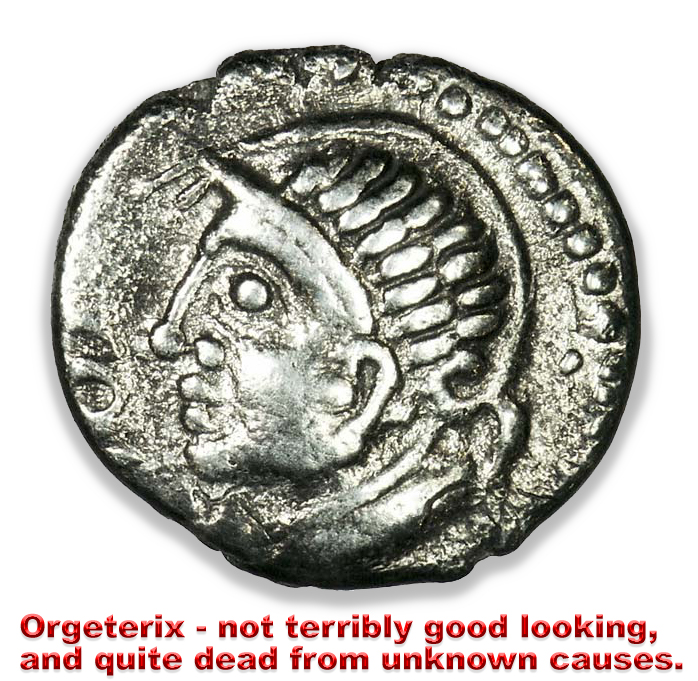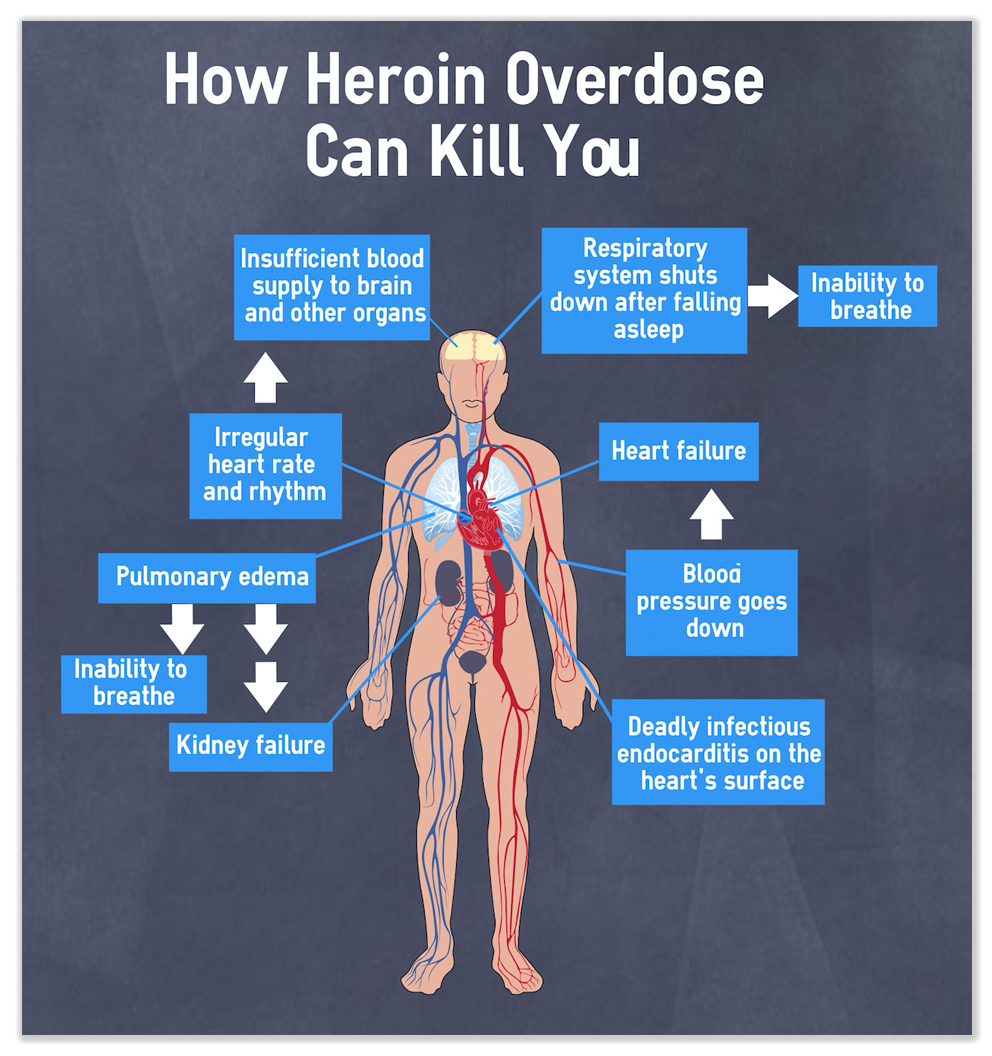We post news and comment on federal criminal justice issues, focused primarily on trial and post-conviction matters, legislative initiatives, and sentencing issues.

4th CIRCUIT EXTENDS BURRAGE HOLDING TO DRUG GUIDELINES
Several years ago… OK, several decades ago, I studied Latin in high school under the watchful eye of my sainted Latin teacher, Emily Bernges. When she had us reading Caesar’s Commentaries on the Gallic War, my fellow students and I were taken by Julius’s matter-of-fact report on the denouement of Orgeterix, the Helvetian (think “Swiss”) aristocrat. Orgeterix conspired to take over France, but was hauled off to trial for his nefarious plans, only to be sprung later by 10,000 of his closest friends. After being released, he mysteriously departed this mortal coil. Suicide? Murder? Death by misadventure? No one knows.
 Julius Caesar covered it in the Commentaries with a terse observation: Orgeterix mortuus est. That is to say, “Orgeterix died.”
Julius Caesar covered it in the Commentaries with a terse observation: Orgeterix mortuus est. That is to say, “Orgeterix died.”
The drug penalty statute, 21 USC § 841(b), specifies a sentencing enhancement when “death or serious bodily injury results from the use of” the drugs distributed by a defendant. The enhancement is steep: subsection (1)(C), for example, contains no mandatory minimum for distributing small amounts of drug, but “if death or serious bodily injury results from the use of such substance” the minimum is 20 years.
Of course, life is seldom neat, and neither is death. If a defendant hands Abbie Abuser a gram of fentanyl, for example (500 time the lethal dose), and she promptly swallows it all, the grounds for the enhancement are pretty clear. But usually, the victim’s blood turns out to be a toxic waste dump of multiple substances, only one of which came from the defendant. In that case, did “death or serious bodily injury result” from the defendant’s drugs so as to justify the enhanced sentence?
In 2014, the Supreme Court said “no” in Burrage v. United States. Instead, the Court said, when the use of a drug distributed by the defendant is not an independently sufficient cause of the victim’s death or serious bodily injury, that defendant cannot be liable for penalty enhancement under 21 USC 841(b)(1) unless such use is a “but-for” cause of the death or injury. Like Orgeterix, the victim mortuus est, but if the mortuus would not have happened but for the defendant’s drugs, no enhancement is appropriate.
 Burrage settled the issue for the statute. But the sentencing guidelines contain a similar enhancement. We know from Beckles v. United States that it would be a mistake to assume that what’s sauce for the statutory goose is likewise sauce for the Guidelines gander. That is, just because a decision modifies how a statute is applied does not mean that the decision will govern how the Guidelines are interpreted.
Burrage settled the issue for the statute. But the sentencing guidelines contain a similar enhancement. We know from Beckles v. United States that it would be a mistake to assume that what’s sauce for the statutory goose is likewise sauce for the Guidelines gander. That is, just because a decision modifies how a statute is applied does not mean that the decision will govern how the Guidelines are interpreted.
Bill Young was convicted of a drug trafficking offense. Because someone he sold drugs to died of an overdose, he received a Guidelines 2D1.1(a)(1) enhancement because death resulted from drugs he sold, setting his Guidelines Base Offense Level at 43.
Burrage only dealt with the 841(b) statute, not the Guidelines. Nevertheless, Bill filed a 2241 habeas corpus action, arguing Burrage was retroactive and the case applied to the Guidelines as well as 21 USC 841(b)(1). He claimed the victim mortuus est, and non one could say his product was the independent cause of death. Last week, the 4th Circuit agreed that Burrage applies to the Guidelines, and ordered the 2241 petition heard.
 “For starters,” the Court said, “the language of USSG 2D1.1 significantly parallels the language of 841(b)(1) that Burrage interpreted and that contains the statutory penalty for Young’s charged offense… Because of that parallel language, other courts have recognized that the Guidelines and statute mirror each other in several key respects… We see no reason to treat the Guidelines differently from the statute, especially since they were mandatory when applied to Young.”
“For starters,” the Court said, “the language of USSG 2D1.1 significantly parallels the language of 841(b)(1) that Burrage interpreted and that contains the statutory penalty for Young’s charged offense… Because of that parallel language, other courts have recognized that the Guidelines and statute mirror each other in several key respects… We see no reason to treat the Guidelines differently from the statute, especially since they were mandatory when applied to Young.”
Bill was able to take advantage of the 4th Circuit’s Wheeler decision, which permitted him to use a 2241 petition to claim actual innocence of a sentence, not just of a conviction.
Young v Antonelli, Case No 19-7176, 2020 U.S. App. LEXIS 38662 (4th Cir. Dec. 10, 2020)
– Thomas L. Root









